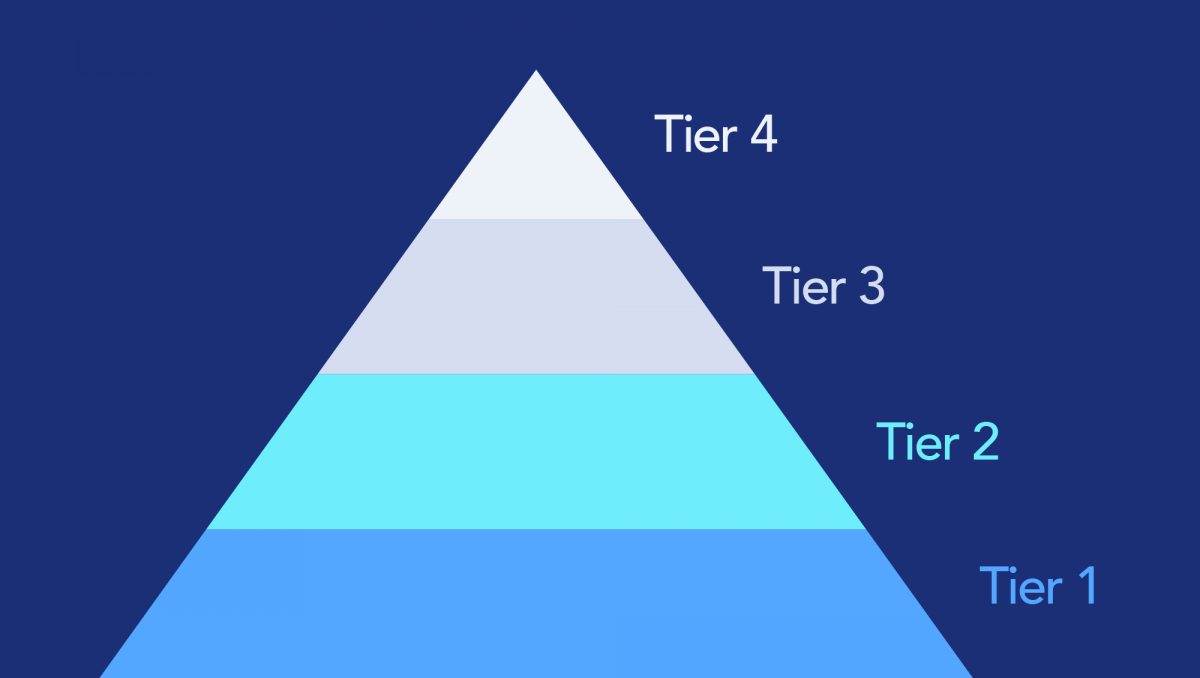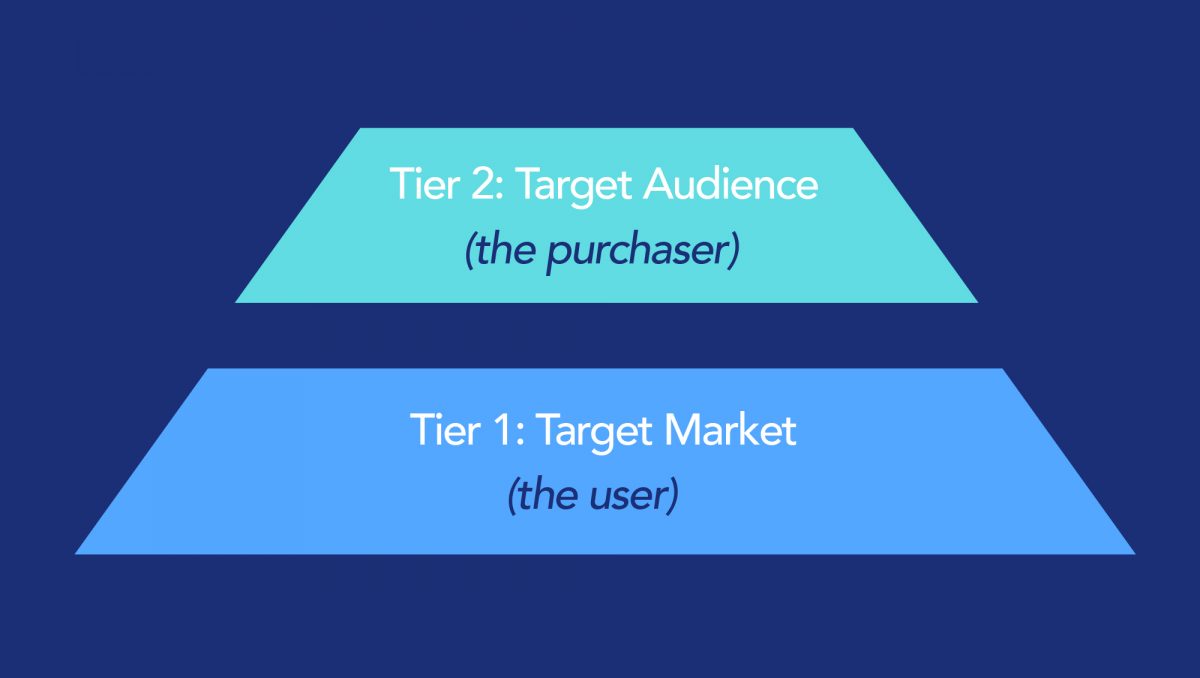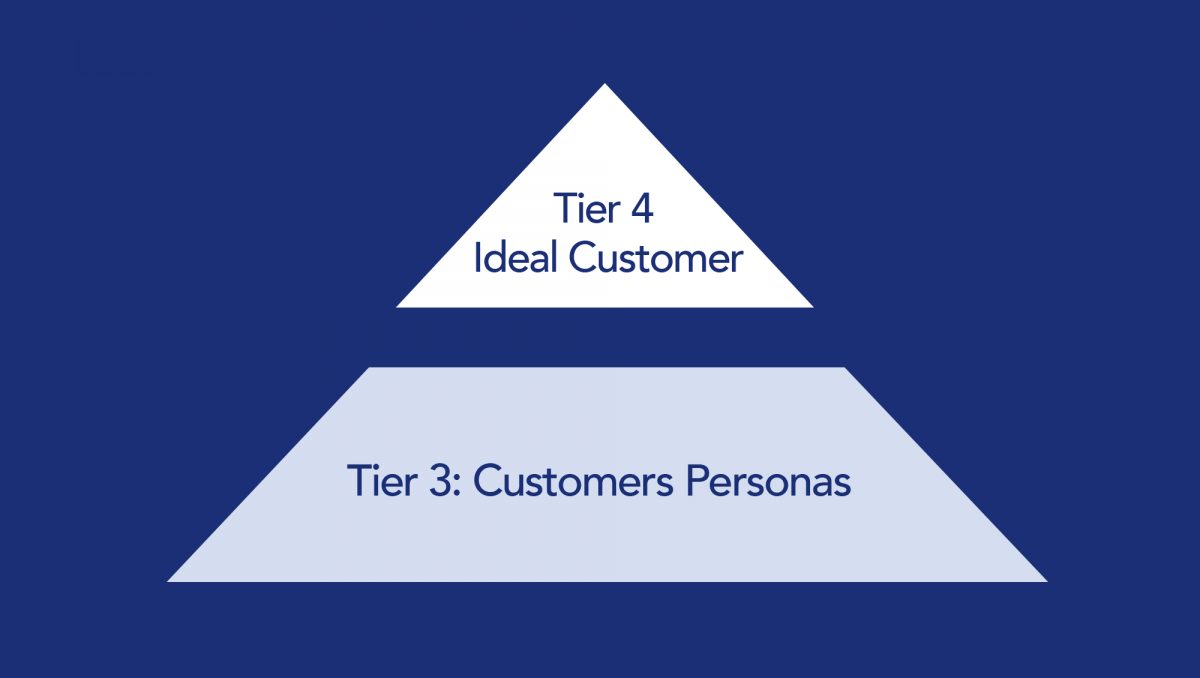Know Your Customers
6 Steps For a Successful Brand In a Changing Economy | Part 1
There’s nothing like a pandemic to shake things up and Covid-19 has done just that, sending businesses scrambling to adapt to a changing global market or wither into oblivion faster than you can say “Ruby Princess”. Luckily for you, interruption creates opportunity.
Whilst we would recommend against putting out yet another unimaginative “unprecedented times” ad, there’s never been a better time to revisit your brand and reconnect with your customers to make sure yours is one of the businesses that don’t just survive but thrive in the new world order.
In this mini-series, we’ll be taking you through 6 steps to building a successful brand for a changing economy and we’re kicking things off with what matters most: your customer, because “without customers, there is no company”. [1]
We’ll start by defining the ‘who’Audience.
If you try to speak to everyone, you appeal to no one. It’s important you get specific. At Brandwell we take a tiered approach[1] to defining your customers and what better place to start than at the bottom.

At the base on Tier 1, we have our Target Market which includes anyone that could use the product or service. This is not to be confused with Target Audience at Tier 2 which is a more specific pool of customers who are contemplating or actively shopping.
We’re sure you’ve heard these used interchangeably, but “what’s the difference” you ask? What a great question- in short, the target market is about the user and target audience is about the purchaser which isn’t always the same person.
Let’s use an example- you’re launching a new toy product. Your target market could be children aged 3-5 but the target audience is the “purchaser” parents or grandparents of the “user” who are compelled to buy it because you’ve been able to market directly to their unique buying sentiment.
Like all good Disney movies- i.e. the ones that entertain both kids and parents- the most successful brands address the needs of both the target market and audience.

So now we’re across that and we’ve got our general target market of users, our more specific target audience of buyers, we’re ready for the fun part. Well, it’s all fun but this is the really fun part.
It’s time for Tier 3: Customers Personas; semi-fictional profiles of customers that considers their demographic, behaviours and motivations. By putting a name, face and personality to our customers we humanise a broad set of research, insights and data for a more customer-centric brand experience. It’s time to make the numbers and figures seem real again.
“So how do I create a customer persona?”
Well, we’re so glad you asked!.
Other than hiring a legendary brand agency to help you- hint hint– you can give it a crack yourself. From your existing or prospective customer base, take 3-4 “typical” customers and build out a profile around them; Who are they- name, age, gender; What service do they buy?; How do they find out about your business?; What are their motivations- price, quality, testimonials?
Answer these questions from your own experience of your customers or better yet, reach out and ask them. Sending out a short online customer experience survey or picking up the phone is a quick and easy way to get a gauge of customer sentiment without breaking the bank on expensive market research projects. Still not sold? Don’t worry, we’ll tackle customer perception again in another instalment of the series so hold tight for now.
Ok ok, we’re almost there and we’ve saved the best till last. The apex of the customer pyramid is defining your best-case scenario and that is Tier 4: The Ideal Customer- the one that provides the most value for you, whilst getting the most value for themselves. Maybe it’s one of your existing loyal customers or an extension of the profiles you’ve just created but it helps to identify the customer with the smallest gap between their needs and what you offer. This is your niche and when it comes to defining your tone of voice and making decisions about your brand, your ideal customer should always be top of mind.

Knowing your customers is important, but knowing their ‘why’ is essential.
Beyond the standard demographic information, understanding the complex motivations, influences and purchasing behaviours of our customers can provide deeper layers of insight that help us build value, purpose and personality into our brands.
Behavioural economics is an emerging field of research for marketers and brands into the psychological factors that influence economic decision making i.e. why people buy things. I’m not suggesting you need to complete a PhD to consider yourself a “customer-centric” business but gone are the days of product-lead businesses where features alone could seal the deal- don’t fall into the trap of oversimplifying consumer behaviour.
The most successful businesses are the one that not only have great products, that’s a given, but also deliver value to the customer, connect with their customer’s purpose and communicate with an authentic brand personality. There’s so much more to say here but we’ll get into that later in this mini-series in ‘Pt 6: Connecting With Your Customers’[2] – stay tuned!
“Ok so, I just define my customers once then set and forget?”
Not so fast, customer needs change constantly. Any inkling of instability or change either internally with your own business or externally with new competitors in the market or more widespread impacts say like, a pandemic that wreaks havoc on the global economy, all these things impact customer perception and buying sentiment.
Now more than ever, truly customer-centric brands are doubling down on their commitment to their customer and you should be too. So what are you waiting for? There’s never been a more important time to revisit your strategy and make sure that all business decisions and brand communications are aligned to their customer’s needs, not just your own “because without customers, there is no company”.
Brandwell – Creative Branding Agency Melbourne